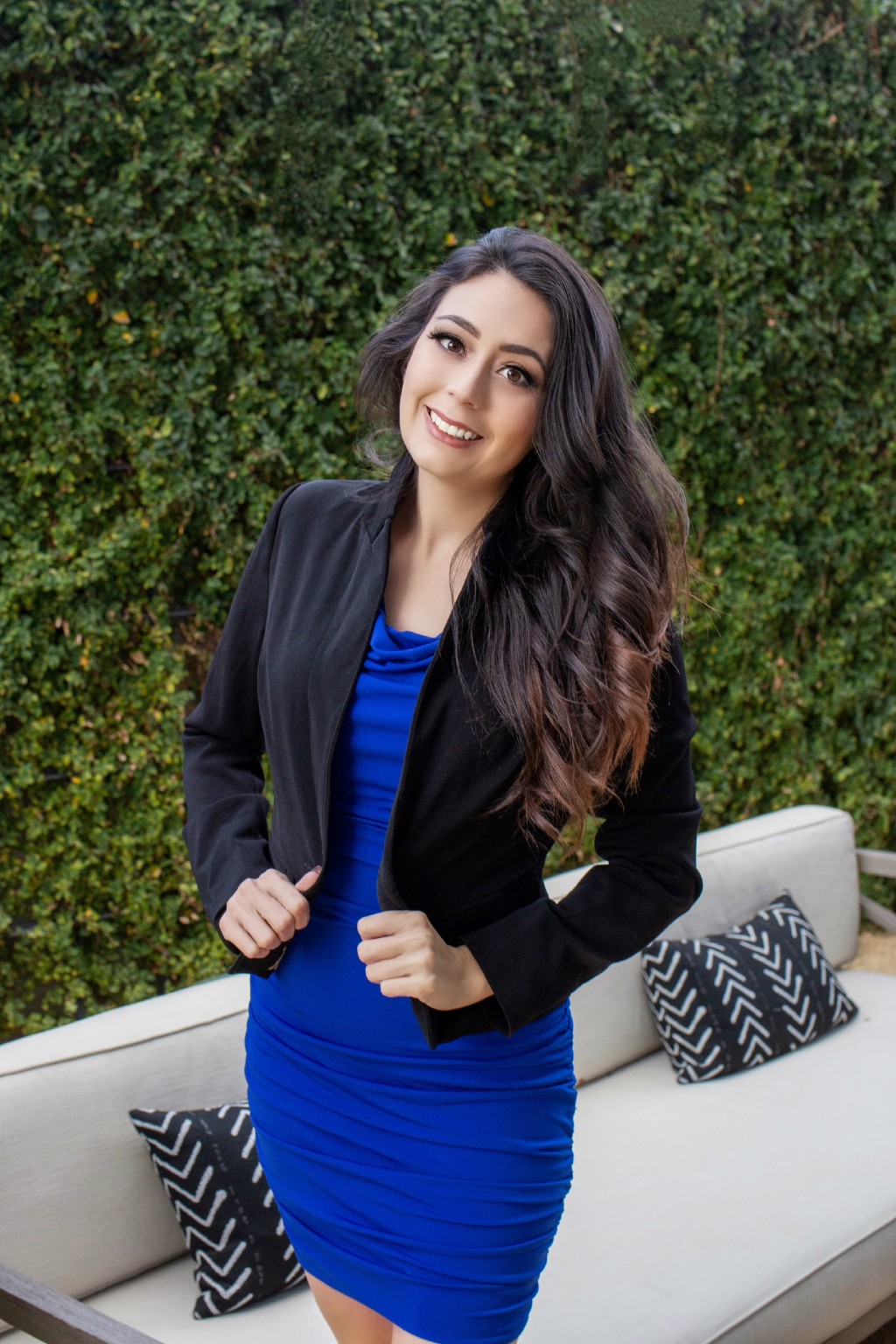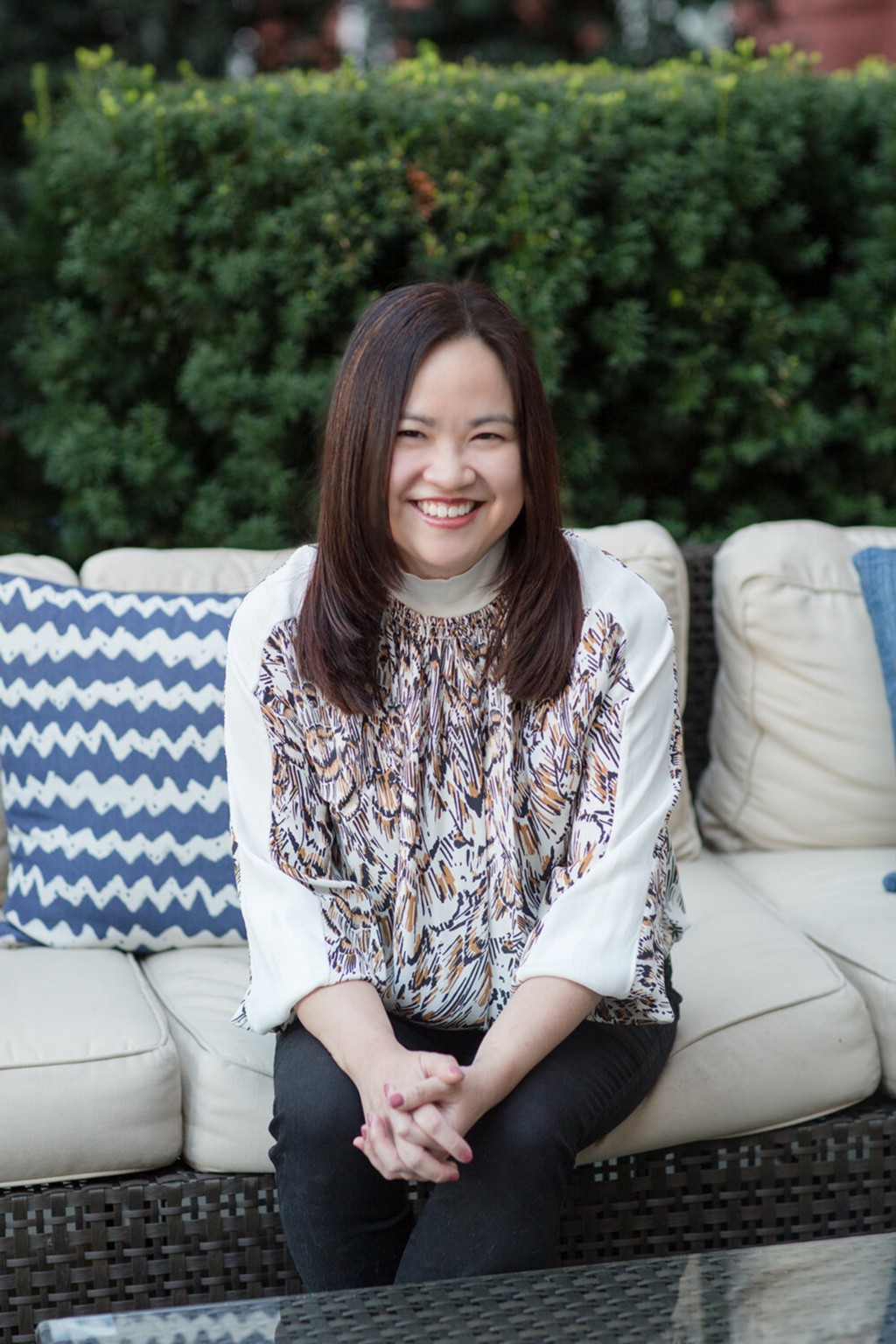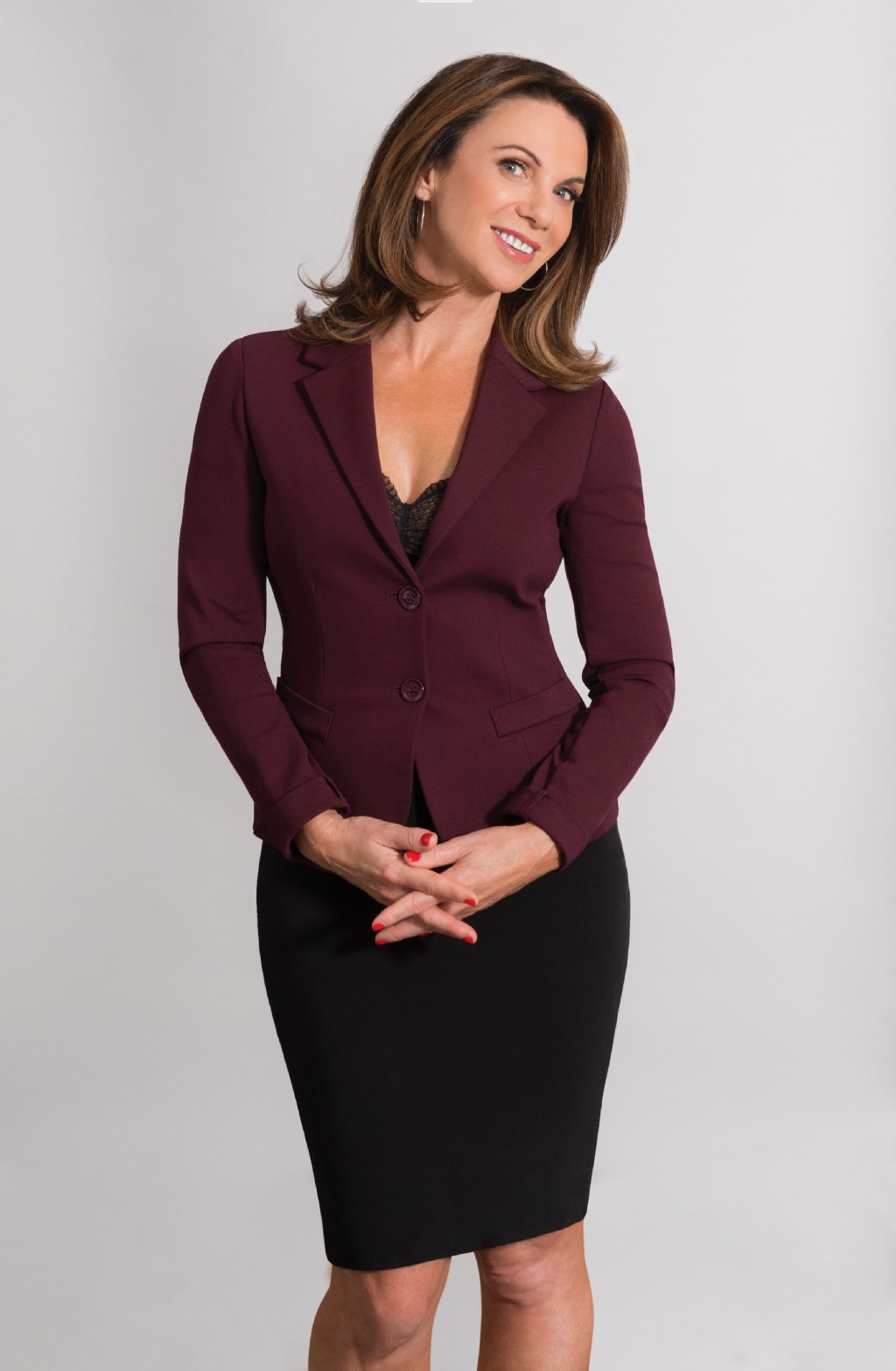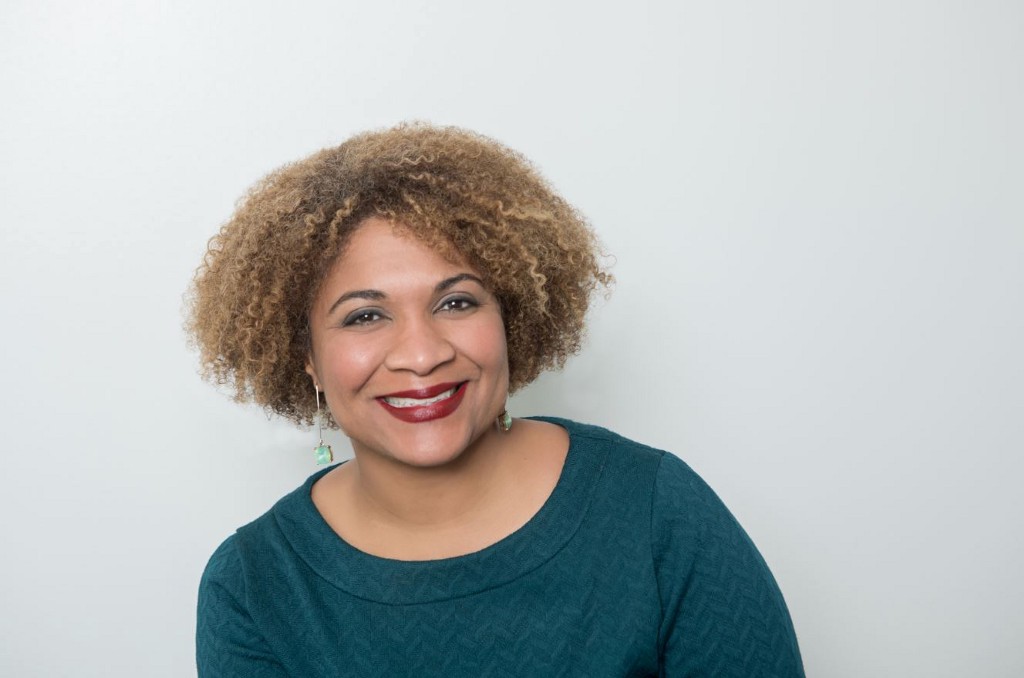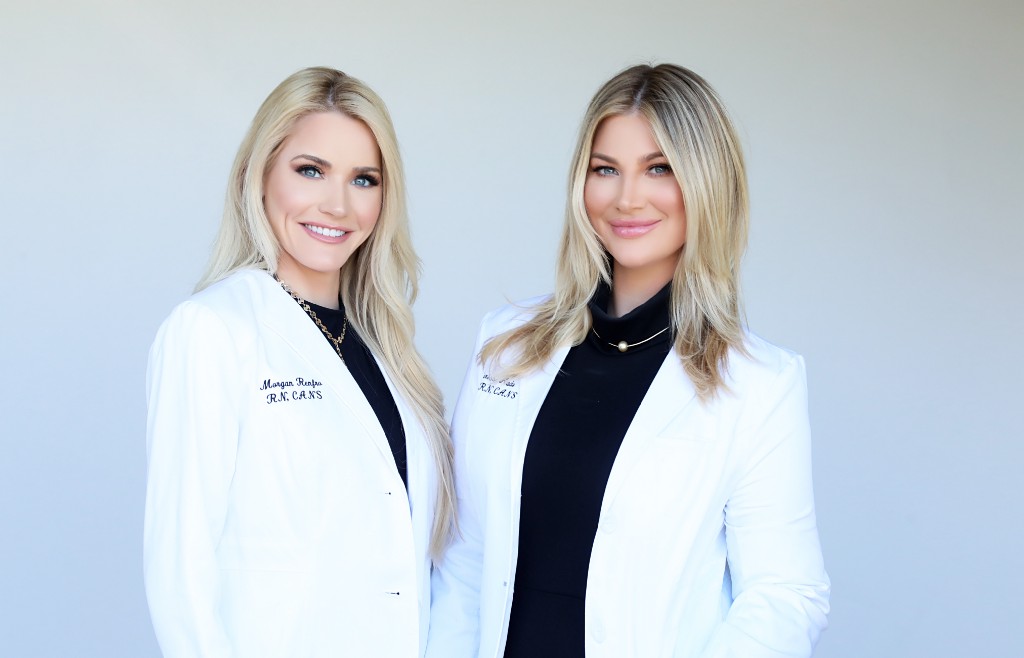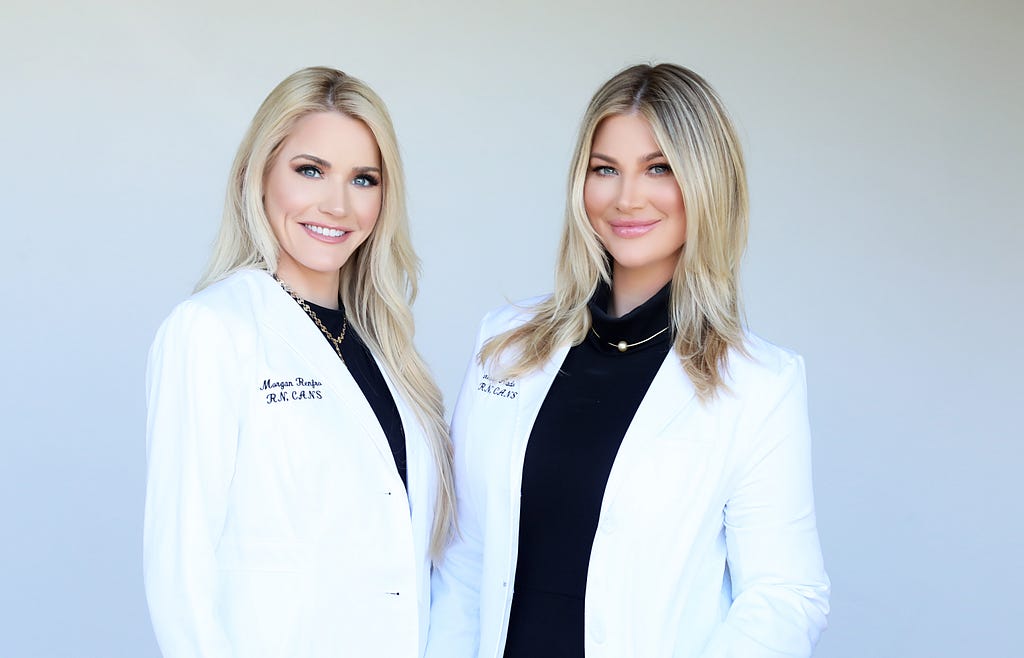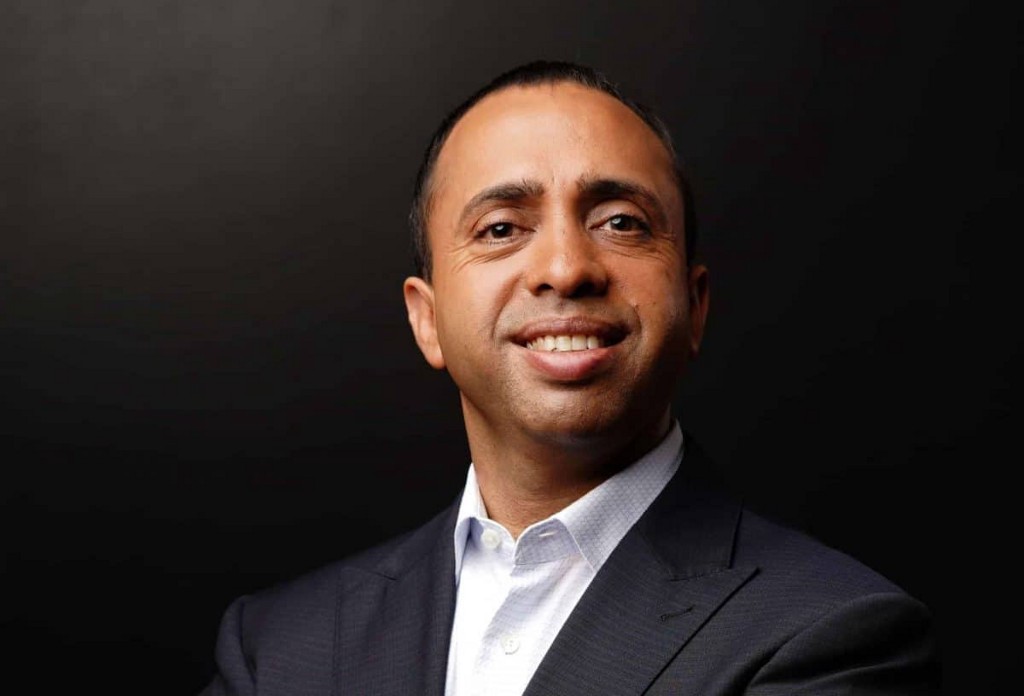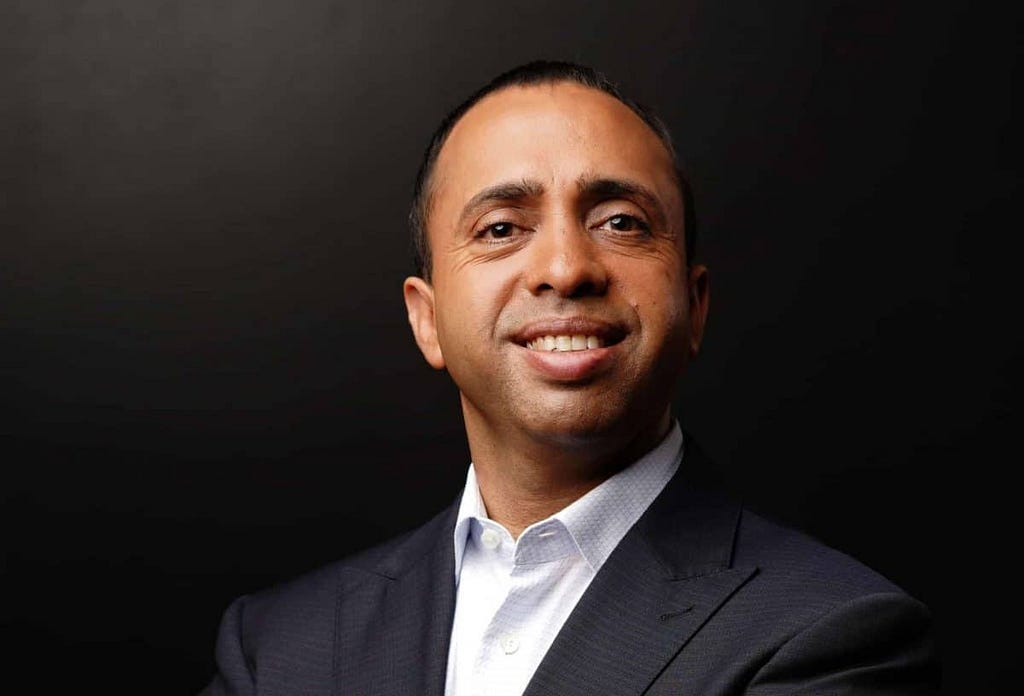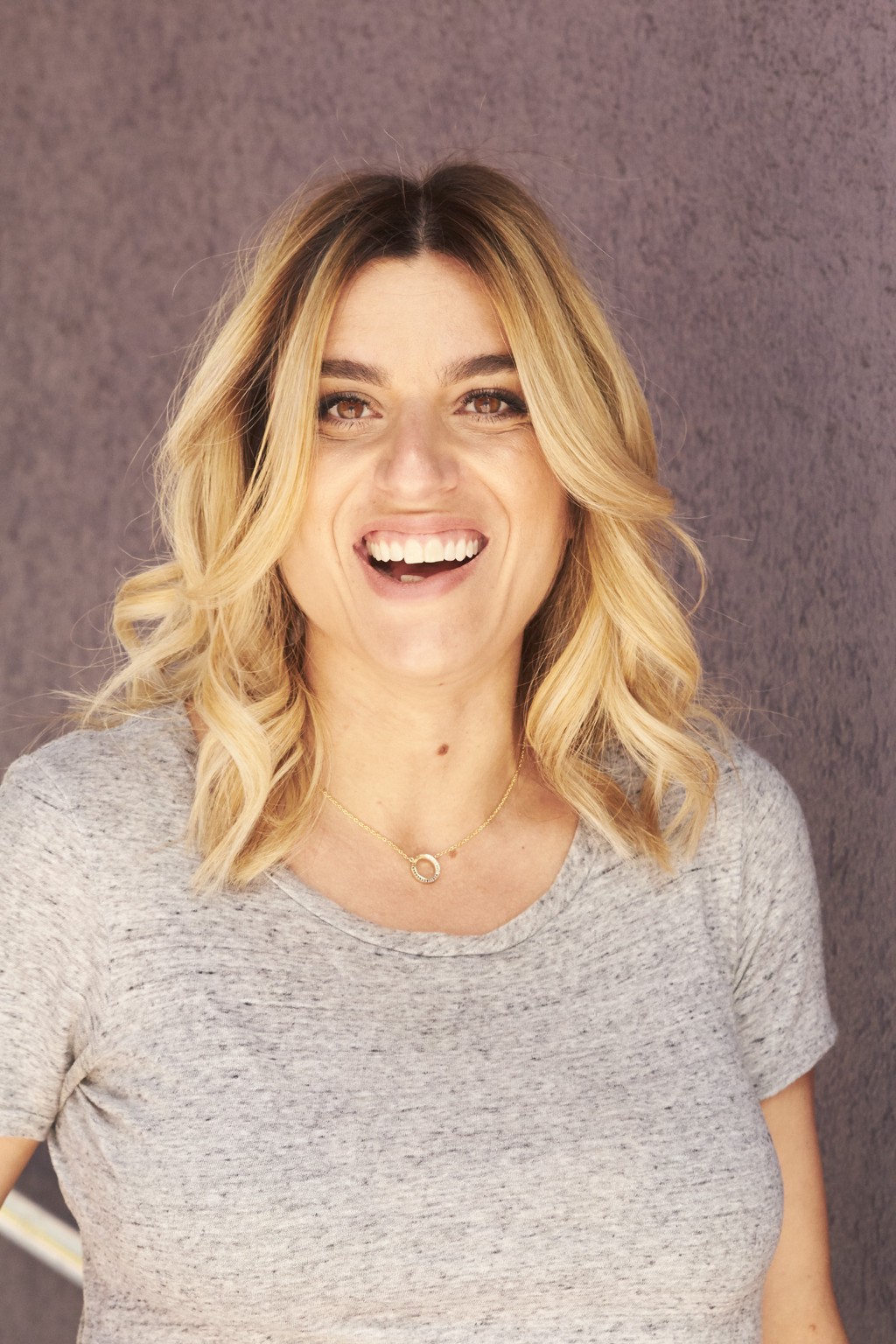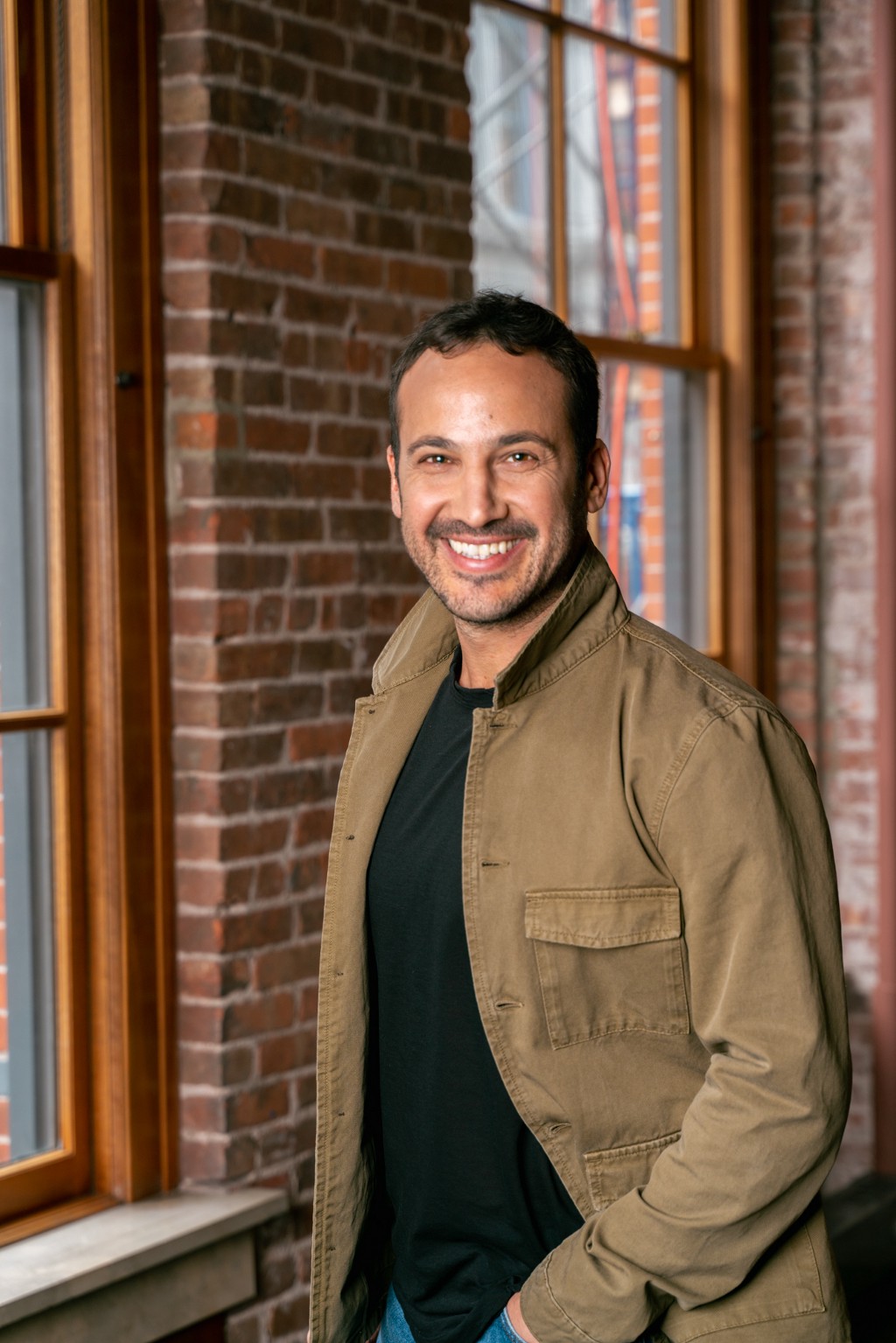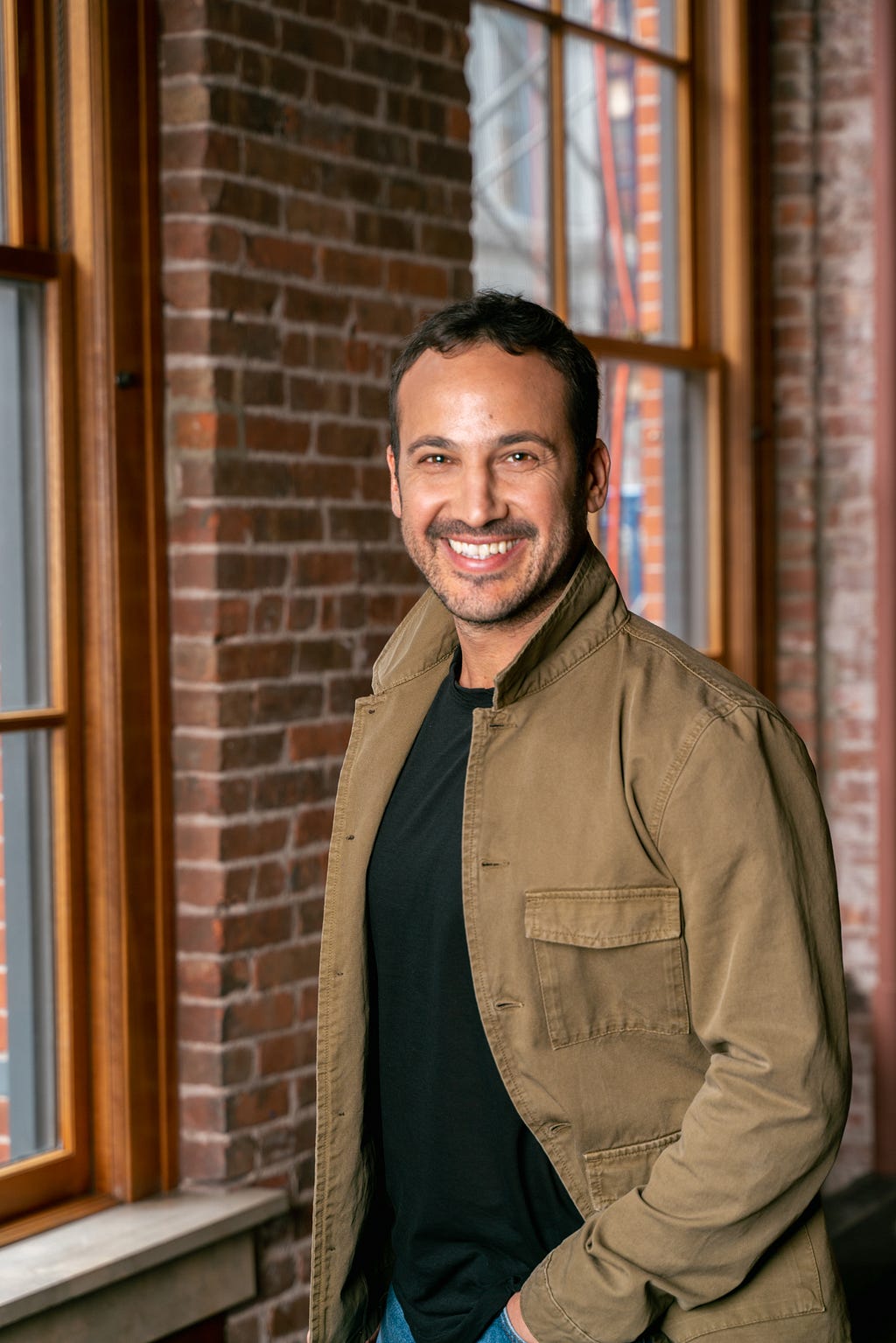Hannah Easley of Vanity Beauty Boutique: Five Things You Need To Know To Succeed In The Modern Beauty Industry

Always push your boundaries. With an industry that’s consistently changing, there’s no room to plateau. Keep learning, innovating, and skyrocketing past what you think is your limit. If you’re uncomfortable thinking about something because you think you’re not capable, then that’s the very sign that you should do it! Massive action will always lead to massive results.
As a part of our series about “Five Things You Need To Know To Succeed In The Modern Beauty Industry”, I had the pleasure of interviewing Hannah Easley, owner of Vanity Beauty Boutique, is a longtime beauty guru with over nine years of expertise in Las Vegas’ bustling health and wellness scene. The impressive entrepreneur who originally founded her business as Vanity Body Sculpting in 2012 at just the young age of 22, has since expanded her service offerings for an all-encompassing self-care experience for her clients.
Today, Easley’s new full-service holistic spa location located in Village Square (Summerlin) provides an array of luxurious aesthetic options, including micro-current body sculpting, teeth whitening, facials, zero gravity massages, organic spray tans, infrared sauna treatments, and more. Despite opening in January 2021 during a global pandemic, Vanity Beauty Boutique has opened to rave reviews, which is a true testament to Easley’s resiliency as an entrepreneur and speaks to the overall demand for a relaxing oasis for beauty and wellness during tumultuous times.
Celebrities from around the nation have flocked to Vanity for their renowned body sculpting treatments, which uses electric microcurrents to build and tone muscle, shrink fat and eliminate inches instantly including models, ring girls, Strip performers, adult entertainers, professional bodybuilders, and more. Vanity made a huge splash to more than 3.5 million viewers on TLC’s hit TV show, “90 Day Fiancé,” in September 2020, when starring cast member, Larissa Lima, came to Easley for body sculpting to complete her dramatic full-body makeover transformation.
In her free time, Easley enjoys going to church, reading, doing yoga, traveling and spending time with her three-year-old daughter. A powerful force in the industry, Easley donates service treatments to support local causes close to her heart annually. Dedicated to staying up to date on the latest health and wellness trends, Easley believes in continuous education and is always learning new holistic approaches to achieve outstanding results with her clients’ overall optimal health in mind.
Thank you so much for doing this with us! Before we dive in, our readers would love to learn a bit more about you. Can you tell us a story about what brought you to this specific career path?
In 2012 I was in school for echocardiography when I first discovered my passion for the beauty industry and holistic health. I was introduced to microcurrent technology and instantly fell in love. I knew this was something that people could benefit from especially living in Las Vegas where it is pool season majority of the year. Keep in mind, this was almost 10 years ago, before the huge boom of noninvasive body sculpting became the huge trend that it is today. I wanted to be able to introduce a healthy, safe, and effective way to help people reach their body goals without having to go under the knife. Within a couple months, I changed my career path and opened up my first business, originally called Vanity Body Sculpting, at just 22 years old.
Can you share the most interesting story that happened to you since you began your career?
Hands down it has to be being featured on TLC’s hit reality TV series, “90 Day Fiancé.” A few summers ago I struck up a friendship with Larissa Lima, one of the stars of the show, through mutual friends. She was going through a terrible divorce and in the midst of undergoing this huge post breakup surgery make over. Naturally, she was curious on my treatments and how it could help with her new body makeover (specifically to help tighten and tone her shape up.) We ended up filming one of her treatments and I was on half the episodes that season! Larissa loved the results and I was thrilled to see her so excited! It was something so spontaneous and unexpected.
Are you able to identify a “tipping point” in your career when you started to see success? Did you start doing anything different? Are there takeaways or lessons that others can learn from that?
My tipping point happened when I changed my mindset from scarcity to abundance. It was time for me to believe in myself as an entrepreneur. I have learned to listen when I feel drawn to do something. Even though we were in the middle of a pandemic, I knew I had to take the leap. I want to show my daughter that when you put your blood, sweat, and tears into it, no one can stop you from following your dreams.
None of us are able to achieve success without some help along the way. Is there a particular person to whom you are grateful who helped get you to where you are? Can you share a story about that?
My backbone of support has always been my mom. Having a cheerleader in my corner regardless of the outcome of my success always gives me the extra push when I have needed it. I will be forever grateful to my friend Lauren of LaLa Photography for saying the exact right thing at the exact right time. She introduced me to a book called the E-Myth by Michael Gerber and told me with all honesty that I had not built a business, but only created a job for myself. This reality hit me like a ton of bricks. I told her my dreams of opening my own retail space where I could offer an array of holistic beauty services. The timing could not have been more perfect. She was busy building an empire of her own and had outgrown out of her original space, so it was now on the market. I went the very next day to look and got the ball rolling right then and there to sign the lease and open up what is now Vanity Beauty Boutique.
Ok super. Let’s now shift to the main part of our discussion. The global beauty industry today has grown to more than a half a trillion dollar business. Can you tell us about the innovations that you are bringing to the industry? How do you think that will help people?
People are really starting to open their eyes to what harmful chemicals and toxins do to our bodies and the negative impact they have long term. Unfortunately, the beauty industry has made it seem you need all these unnatural and damaging procedures to feel beautiful. Vanity Beauty Boutique offers a safe variety of self-care services. We specialize in holistic, plant-based products and treatments. Especially after the stressful year we have all had, I feel people need a place they can trust as a beauty sanctuary where they can feel and look their best.
Can you share 3 things that most excite you about the modern beauty industry?
1. I’m really excited to see the popularity of holistic spas. People are really becoming more and more educated about long-term effects of what they put on their skin (the largest organ on our body) and are interested in finding more all-natural treatments that still yield powerful results.
2. It’s so exciting to see that “skincare is the new makeup!” There is really nothing like a clean and beautiful radiant complexion and like never before, women are really investing into a solid skincare routine so they can feel confident without makeup and when they do put makeup on, they really transition and really have that “wow moment.” Going bare-faced and feeling beautiful is really an important step in a holistic beauty routine, which really aims to make your mind, body and soul feel good. Feeling comfortable in your own skin is what it is all about.
3. Seeing an emergence of new entrepreneurs pursuing fields and open new businesses in the beauty industry is absolutely thrilling! There are so many service and product offerings for whatever your concerns may be.
Can you share 3 things that most concern you about the industry?
- The effect that social media has on self-esteem is overly concerning. This exceeds far outside the beauty industry but especially in the beauty industry, people of all ages are comparing themselves to filtered and photo shopped selfies and feel “not enough.”
- Breaking the stereotype that skincare isn’t important and it’s all genetics. Genetics of course plays a big part into many skin issues but a solid skincare routine is imperative to maintain your skin’s health!
- How cut throat the industry can be in terms of other entrepreneurs. I would love to see more of a movement of business owners supporting business owners (even similar businesses, there is room for all of us!)
You are an expert about beauty. Can you share a few ideas that anyone can use “to feel beautiful”?
Don’t ever compare yourself! What I’ve learned in this industry is that even the person you admire the most has their insecurities. Do the things that feed your soul and you’ll see yourself in a happier, more “beautiful” light. Self-care isn’t just spa days and vacations. Take the time every day to get proper rest, stay hydrated, eat healthy, take a walk, look in the mirror and literally say “I love you” to yourself. You’re already beautiful, show yourself some love.
Here is the main question for our discussion. Based on your experience and success, Can you please share “Five Things You Need To Know To Succeed In The Modern Beauty Industry”. Please share a story or an example, for each.
- You absolutely have to believe in what you’re doing. Take the time to research and learn all you can in your field, you need to be the expert. When you believe in yourself and your business, it’s easy to bring others on board with you.
- One of the most important things to me is that we are open every day to serve our guests, not to just provide a service. You need to genuinely care and go above and beyond what anyone else in your industry is willing to do. Reach out, get to know your customers, follow up. This makes it easy for you to get feedback on how to be better too!
- Don’t try to take on everything yourself. Invest in staff that’s on the same page as you and allow yourself to delegate. You need to focus on the important things to GROW your business. When you look at your “to-do” list, start thinking of it as a “to-who” list. Find people better than you in that field to get tasks accomplished.
- Always push your boundaries. With an industry that’s consistently changing, there’s no room to plateau. Keep learning, innovating, and skyrocketing past what you think is your limit. If you’re uncomfortable thinking about something because you think you’re not capable, then that’s the very sign that you should do it! Massive action will always lead to massive results.
- We live in a time where social media is everything. Use it to your advantage. It’s free to post updates, before/afters, deals, engage with people who are interested. People want to relate and when making a decision, they’re going to choose who’s top of mind.
You are a person of great influence. If you could inspire a movement that would bring the most amount of good to the most amount of people, what would that be? You never know what your idea can trigger. 🙂
As a single mom and entrepreneur, I know the struggle of incorporating balance. I love to encourage moms to always take the time to fill their own cup. Whether you’re a stay at home mom or working full time, we’re all so busy all the time. It is easy to feel guilty about not spending every free minute with our kids. We all know you cannot pour from an empty cup. When you take time for self-care, you become abundant and overflowing to be able to give even more to the important people in our lives.
Can you please give us your favorite “Life Lesson Quote”? Can you share how that was relevant to you in your life?
“Do the best you can until you know better. Then when you know better, do better.”
Maya Angelou
I apply this quote to all aspects in my life from parenting, health, business, etc. We are always doing the best we can with the resources we have in that moment. There is no sense in looking back in regret, just in how we can always move forward.
How can our readers follow you online?
Instagram @vanitybeautylv
Facebook.com/VanityBeautyBoutique
Thank you so much for joining us. This was very inspirational.
Hannah Easley of Vanity Beauty Boutique: Five Things You Need To Know To Succeed In The Modern… was originally published in Authority Magazine on Medium, where people are continuing the conversation by highlighting and responding to this story.


